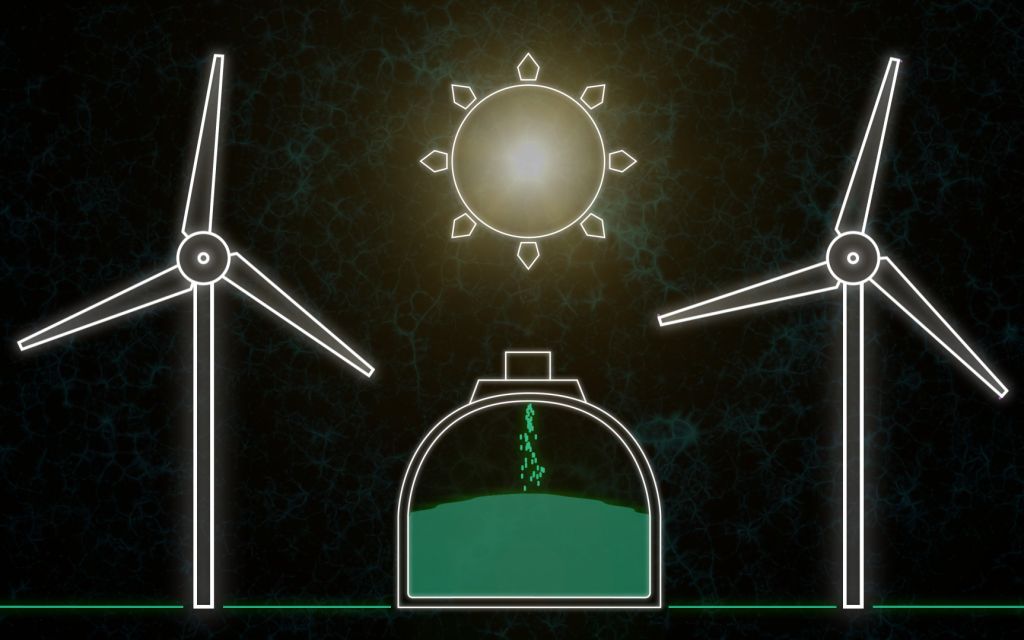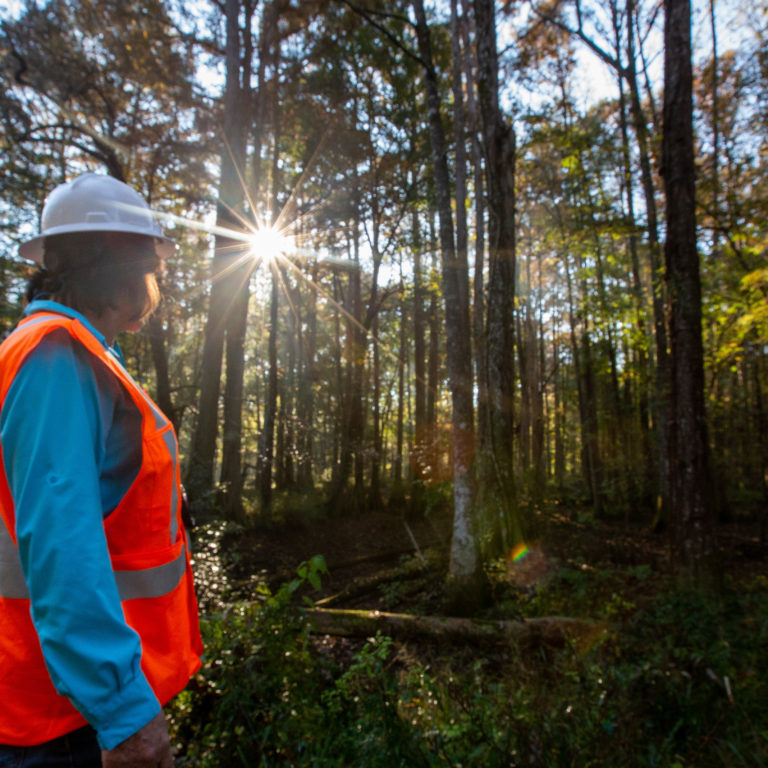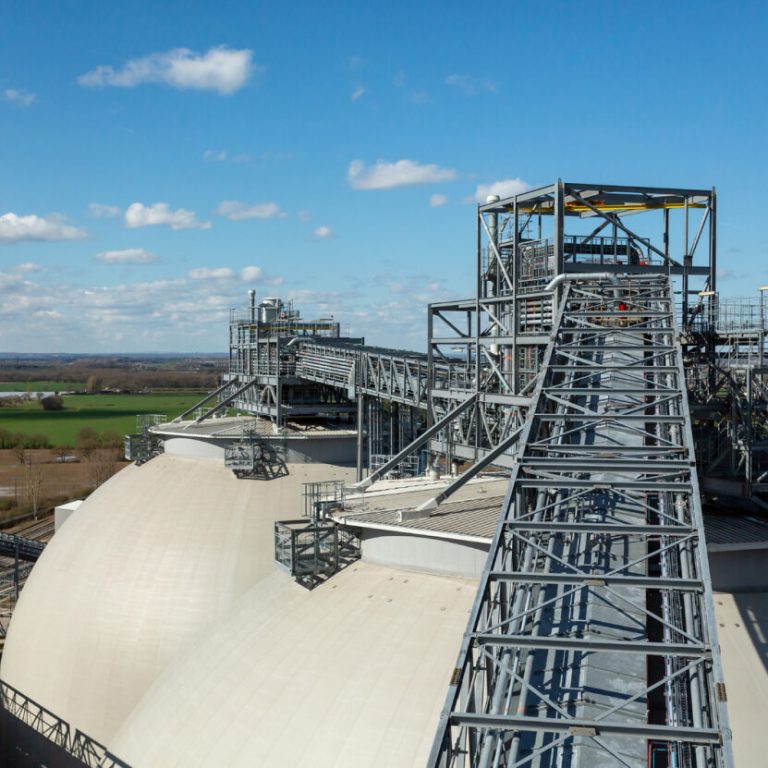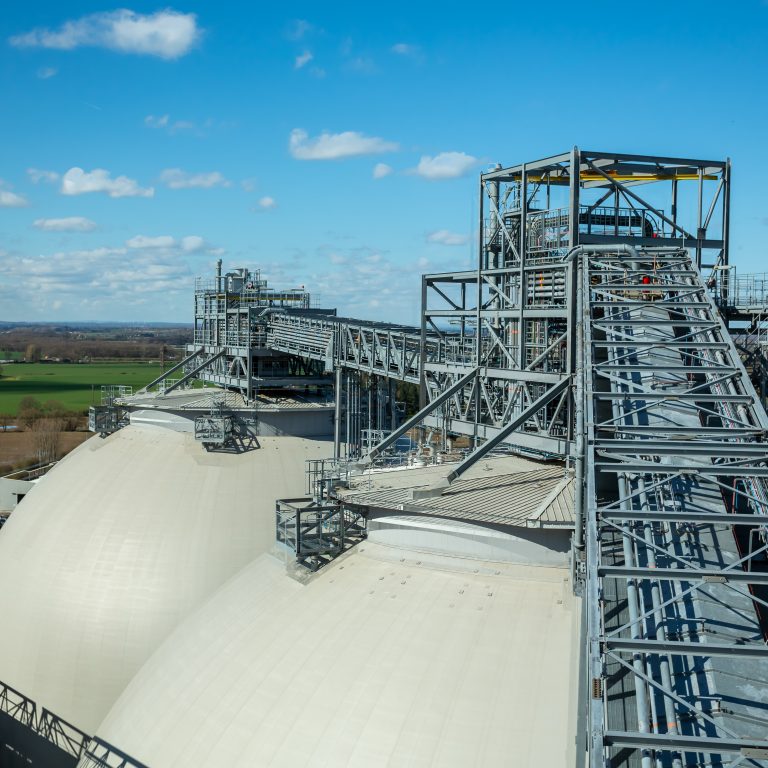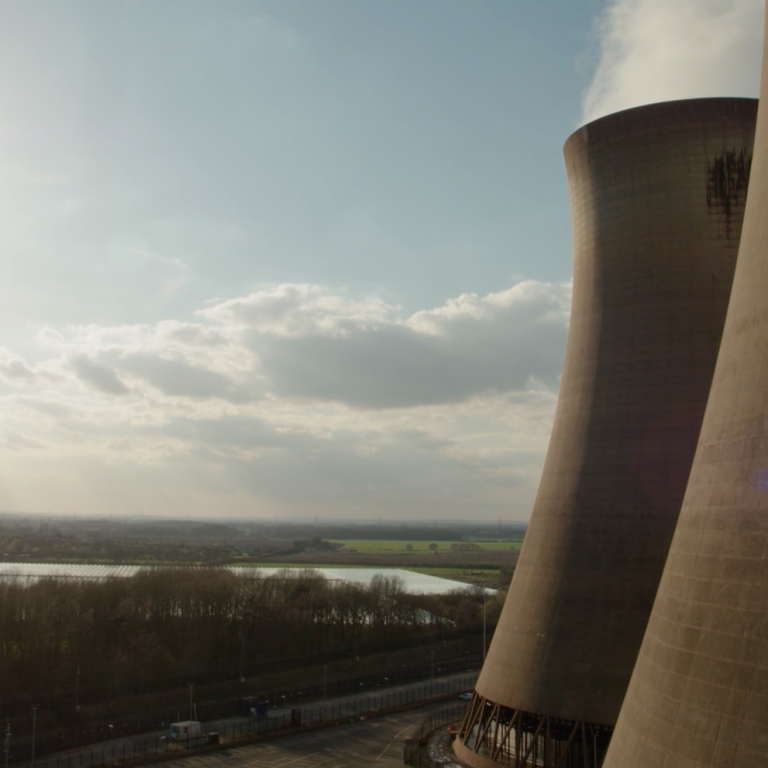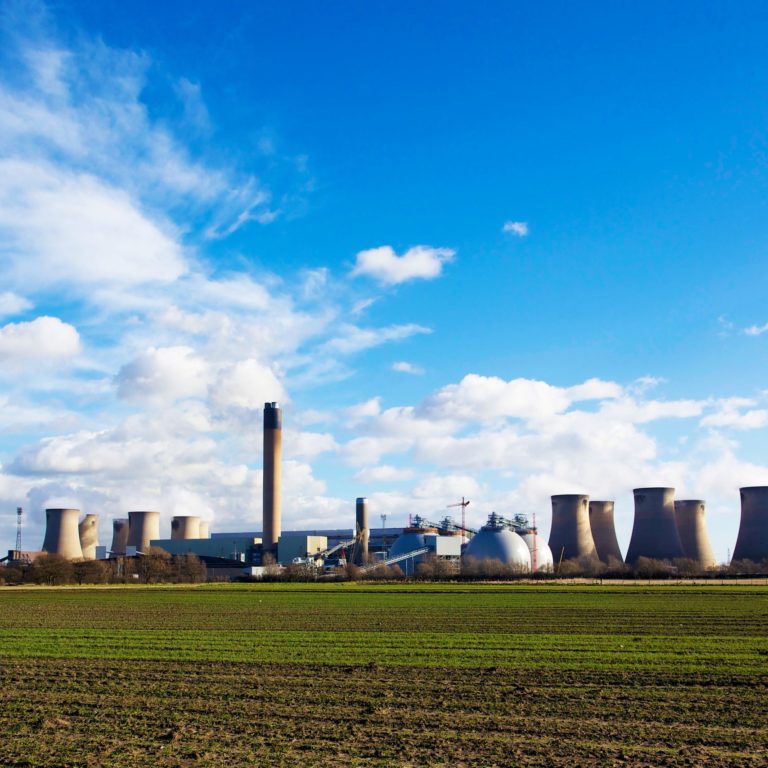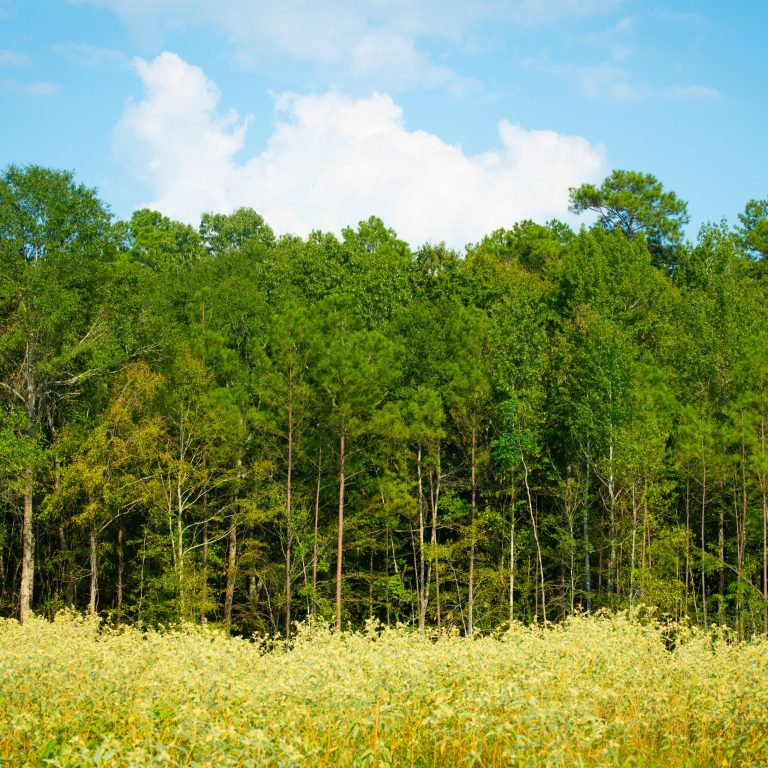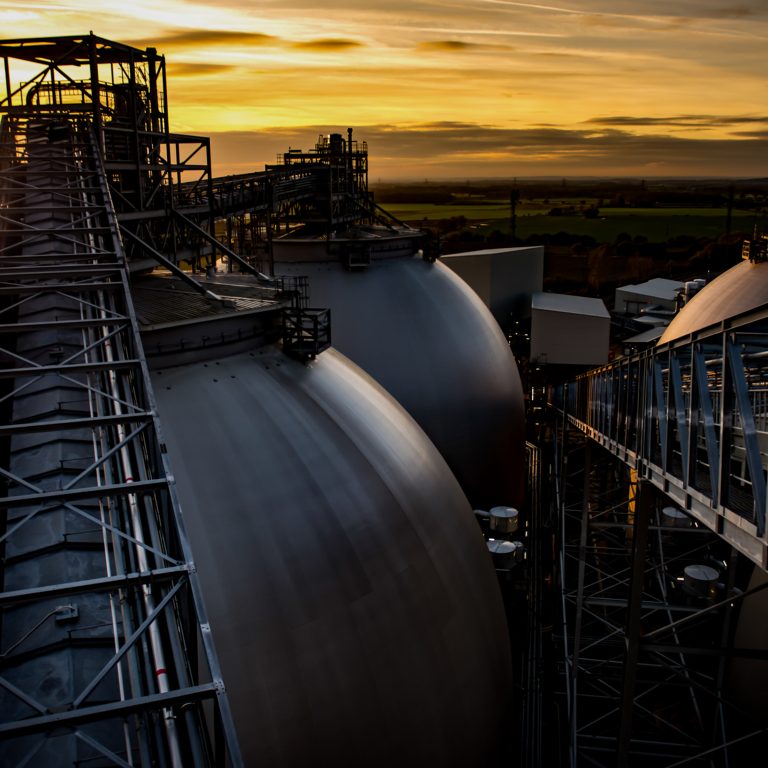Amid the political upheaval that is characterising 2016 you may have missed the quiet victory of the UK’s low-carbon energy sector: for the first time ever, the third quarter (Q3) of 2016 saw more than 50% of the Britain’s power come from low-carbon energy sources. Five years ago, low-carbon sources made up just over a quarter.
This doesn’t necessarily mean that renewable energy sources made up the full 50% – in fact, nuclear made up a considerable chunk – but it hints at the big changes we’re seeing in the way the country is sourcing its power.
For one, it’s a further sign of coal’s diminishing life. During the period July to September 2012 coal supplied 38% of Britain’s electricity – during this year’s Q3 it supplied just 3%. As a result, per-unit carbon emissions from electricity consumption are at their lowest levels ever. The Carbon Price Floor – also known as the carbon tax and designed to assist energy companies like Drax invest in renewable and lower carbon generation – has played a big role in reducing coal’s contribution.
The findings come from Electric Insights, an independent report produced by researchers from Imperial College London and commissioned by Drax, that looks at the UK’s publicly available electricity data and aims to inform the debate on Britain’s electricity system.
Beyond the continued decline of coal, it shows there’s a growing diversity in low-carbon energy sources fuelling the country and that there’s a positive outlook for a cleaner electricity future.
Here we look at those low-carbon sources and how their use has changed over the last five years.
Nuclear
At 26% of the total, nuclear made up the largest proportion of low-carbon power generation across Q3 2016.
That was good news for the sector, which went through a turbulent summer after plans for the Hinkley Point C reactor were momentarily threatened following the dissolution of the Department for Energy and Climate Change (DECC) after the Brexit vote.
The eventual decision to continue with Hinkley C, however, means that more baseload nuclear power, in the form of large power stations and also possibly small modular nuclear reactors (SMRs), will be coming on to the system in the coming years. They will in the main replace older nuclear power stations set to be decommissioned.
Wind
Wind power made up 10% of total low-carbon power generation between July and September, and was the largest renewable source of the quarter.
As recently as 2011, electricity generated by wind accounted for just 4% of Britain’s low carbon energy supplies – a 150% increase in just five years. This is in part due to huge offshore projects such as the 630 MW London Array in the Thames Estuary and the 576MW Gwynt y Môr situated off the coast of North Wales, which have contributed to bringing the UK’s installed capacity to around 14 GW
The UK is now the world’s sixth largest producer of wind power behind China, the USA, India, Germany and Spain.
Solar
Following wind power as the second largest renewable contributor to the country’s low-carbon energy needs was solar.
Five years ago solar’s contribution was so negligible it didn’t even chart in the Electric Insights data. Fast forward to 2016 and Britain has a total installed solar capacity of nearly 10 GW. Again, this places the country sixth in the world for capacity behind China, Germany, Japan, the USA and Italy.
Biomass
Biomass – a unique low-carbon fuel in that it can deliver both baseload and flexible power – made up 4% of the UK’s power needs in Q3 2016. A good proportion of that came from Drax, which has over the last five years been upgrading from coal to run on compressed wood pellets.
Like solar, biomass generation didn’t even chart in 2011, but today. In fact, between July and September biomass, along with solar and wind, supplied 20% of the country’s electricity – a huge proof point for the rise of renewables. Where biomass sits apart from those two sources, however, is that it isn’t dependent on weather and even though the country has less much less biomass generation capacity than the two intermittent technologies, it produces nearly as much energy as them. This makes it an ideal baseload partner for sources that do (i.e. wind and solar) as it can be dialled up and down to meet the energy demand of the country in seconds.
In the future there’s potential to increase this biomass capacity while saving bill payers money. Three of Drax’s six generating units run on biomass, but if all were to be upgraded as they could be in less than three years – Drax plus Lynemouth power station and one or two smaller biomass power stations – could generate roughly 10% of Britain’s electricity using compressed wood pellets by the time unabated coal power stations come off the system before the end of 2025.
Hydro
Hydropower made up just 1% of Britain’s power generation over the quarter. However, this is still up by 20% since 2011, when hydropower contributed just 0.8%. Total installed hydropower capacity is around 1.65GW.
However, studies have found the country has a potential hydropower capacity of close to double this amount, but as many of these sources are located in mountainous, rural landscape areas of natural importance, it’s doubtful whether hydropower will be deployed up to its full capabilities in the coming years.
Closing an historic year
May the 5th was an historic day in the UK – it was the first time since 1881 Britain burnt no coal to produce its electricity. It wasn’t an isolated incident, either. In the third quarter of 2016 Britain was completely coal free for nearly six days.
It’s a situation that is likely to continue in the future as low carbon energy sources – and in particular renewables – continue to grow in the country’s energy makeup. The outlook is a positive one. 2016 may have been the cleanest year in UK electricity we’ve seen so far, but it won’t be the cleanest year ever.








